GM Tech Tip: Oil Pressure Gauge Fluctuation After Startup And Over 3700 RPM
The customer may comment that the oil pressure gauge jumps from approximately 40 lb. to 60 lb. three times within the first few minutes of driving as well when the engine revs past 3700 RPM.
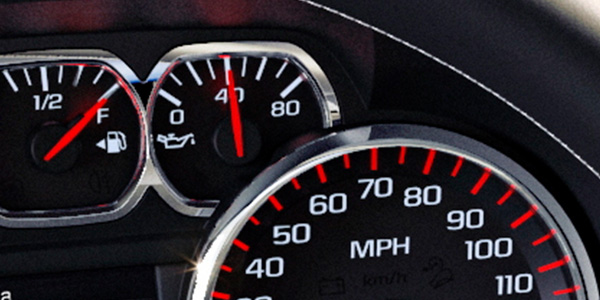
Ford Tech Tip: SYNC GEN 1 And GEN 2 Vehicle Health Report Service Ending
Ford has made the decision to discontinue the Vehicle Health Report service for SYNC GEN1 & GEN2 available on 2008-2016 vehicles. Consistent with the terms and conditions in the user agreement and starting August 1st, 2018, this decision will result in the following changes.
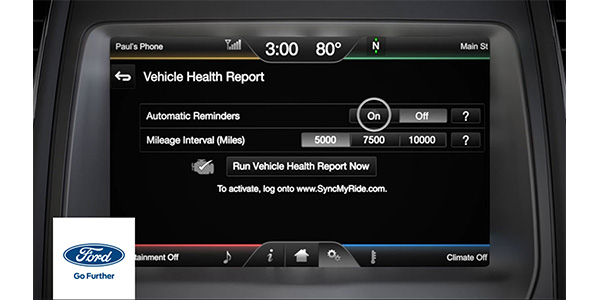
Top 10 Changes To Vehicles With Stop/Start Systems
A vehicle with a stop/start system is coming to your bays or might already be there. These systems can improve fuel economy by 3 to 5 percent depending on the driving habits of the customer. For your shop, it is essential to understand what is different on these vehicles and how it might change your diagnostic approach.
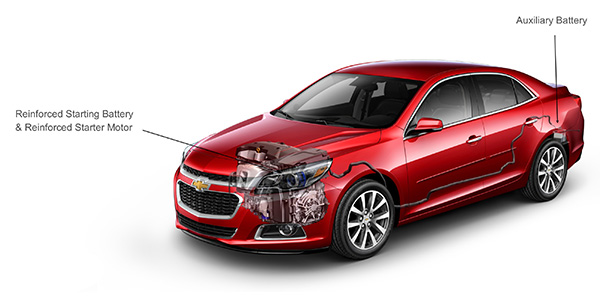
Kia Tech Tip: New Part Cures EVAP Leaks
This bulletin provides the procedure to replace the Canister Close Valve (CCV) on some 2012- 2017MY Rio (UB) vehicles, produced from June 21, 2011, through March 28, 2016, which may exhibit the engine warning lamp DTCs P0455 and P0456 for an evaporative emission system leak due to the Canister Close Valve (CCV) stuck open.
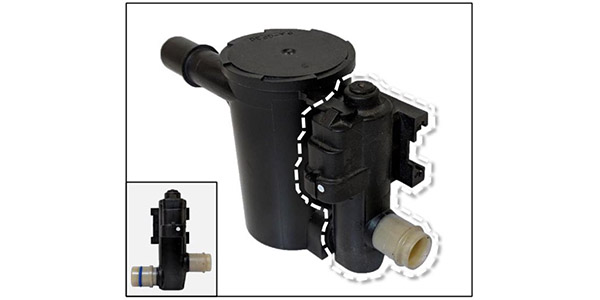
GM Tech Tip: New Engine Noise During Cold Start-Up
The latest generation of full-size trucks and utilities incorporate a new generation of technologies not previously seen in a GM full-size truck and utility applications. These engines generate noises during cold start and during warm operation that technicians may not be familiar with.
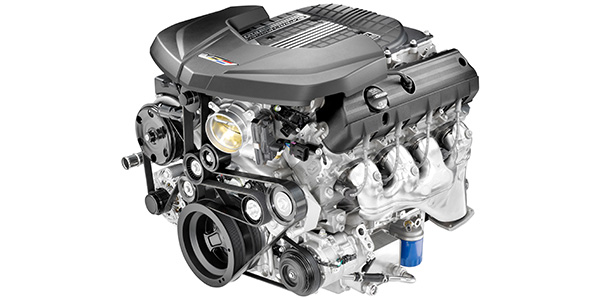
Tech Tip: Ford 3.5 Ecoboost With Blue Or White Smoke From Exhaust
Some 2013-2015 models vehicles equipped with a 3.5L Gasoline Turbocharged Direct Injection (GTDI) engine may exhibit blue or white smoke from the exhaust while driving after extended idle.
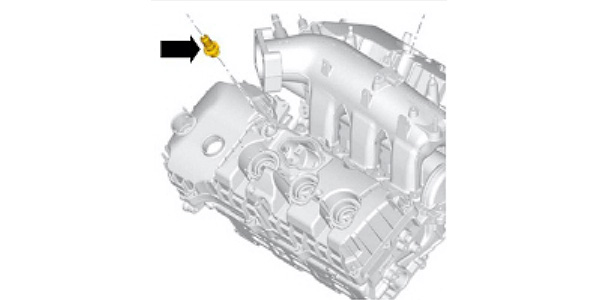
Curing Belt Slippage
If an engineer could design a belt system that would never slip it would be a miracle. This perfect belt system would last a long time because without slipping, there would be very little wear. But, it is not that simple. Too much tension would increase the loads on the engine and the strain on a belt is not constant. It is a balancing act between drag, slippage and belt wear.
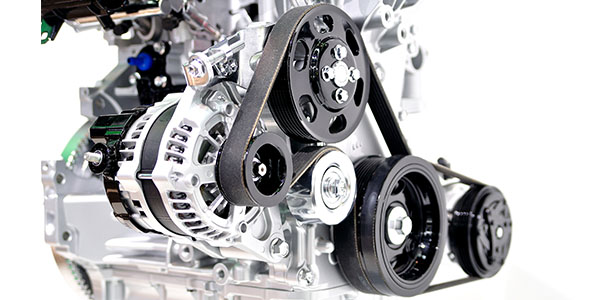
Follow The MAP Sensor
In this article, I want to introduce you to the seldom-used diagnostic power of the Manifold Absolute Pressure (MAP) sensor. A tech asked me to come by and look at a Dodge 1500 pickup with a P0305 code that indicated a cylinder 5 misfire. The tech’s primary tool was a code reader. His question was, is there a quick way to determine which direction to take in the diagnostic procedure?
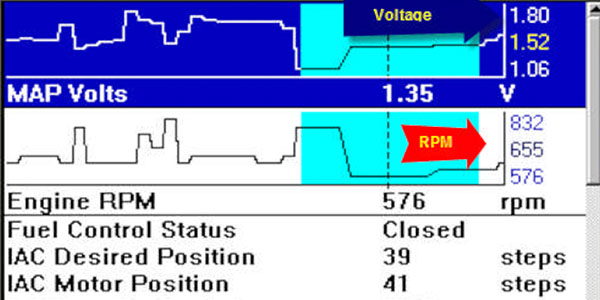
The Oil And Carbon Deposit Connection
Oil is made of carbon atoms. The oil in the crankcase is a highly refined carbon-based substance that is found in long chains with strong bonds that are typically uniform in size and shape. They work well together to lubricate the engine and protect the bearings, as they are engineered to withstand extreme temperatures.
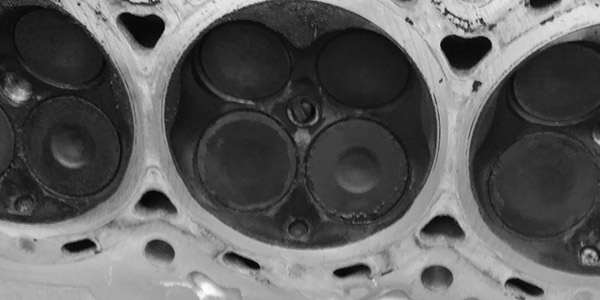
Selling Four TPMS Sensors
If a single sensor has reached the end of its lifespan, it is highly recommended to replace all sensors at the same time. Similar to headlights, once one sensor dies, the rest are likely to be close behind. This is an important point for your customers to understand. Taking care of the issue before there is a problem also provides a convenience to them.
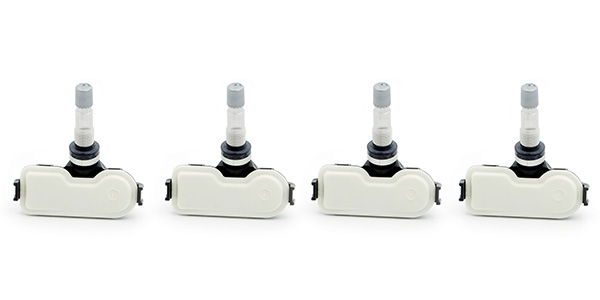
Modern Cooling System Design: It’s Not About Temperature; It’s About Powertrain
Given the advanced state of internal combustion engine technology, some recent cooling system innovations will actually increase engine torque and fuel economy while reducing exhaust emissions. Let me simplify that idea: new cooling system technology will make engines run better and cleaner. So, let’s get on the same page by reviewing some basics.

It Really Isn’t That Bad: Ask Yourself Why You Came To Work This Morning
If you are a regular reader of my columns, you may have noticed that I have been a little negative lately. I have been writing about topics like technician image, unethical shops and other gripes about our industry. Last month, I got a letter from an older tech wanting to get out of the industry because he felt vehicles were getting more complex while monetary compensation was not growing at the same rate. He cited one of my editorials as something that resonated with some of his own grievances. At first, I felt guilty.

